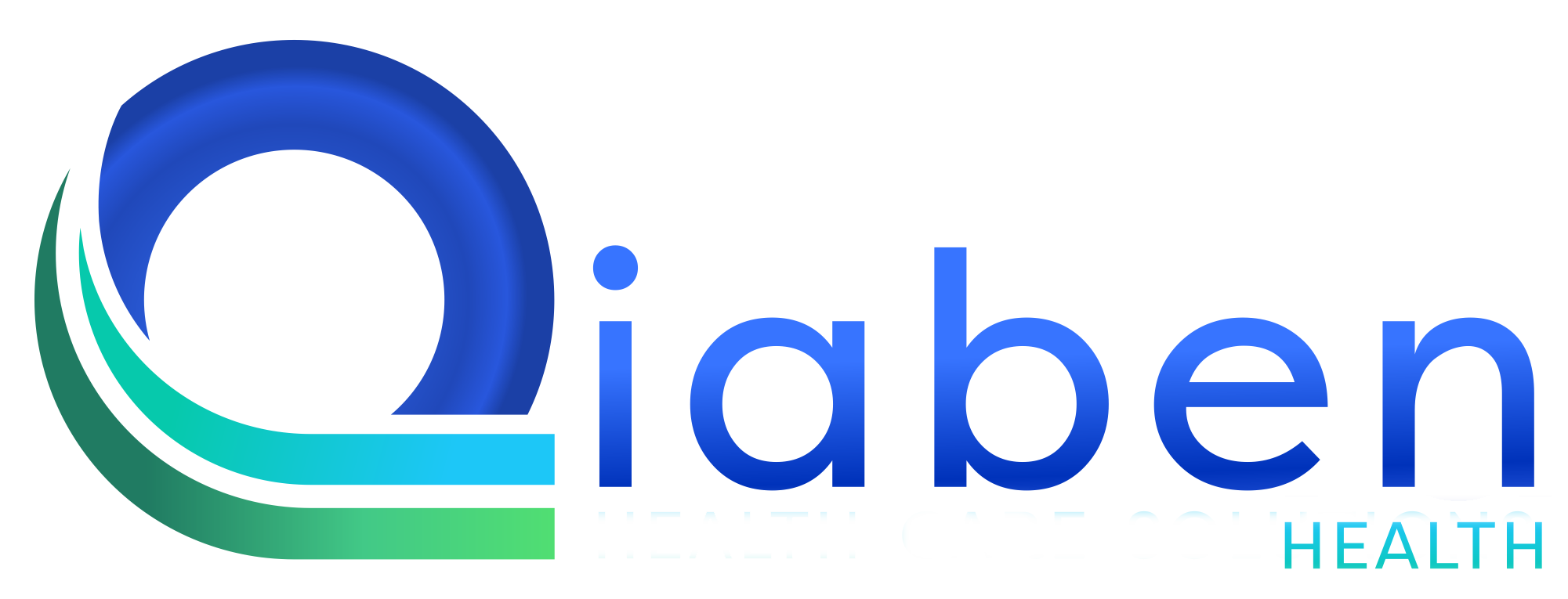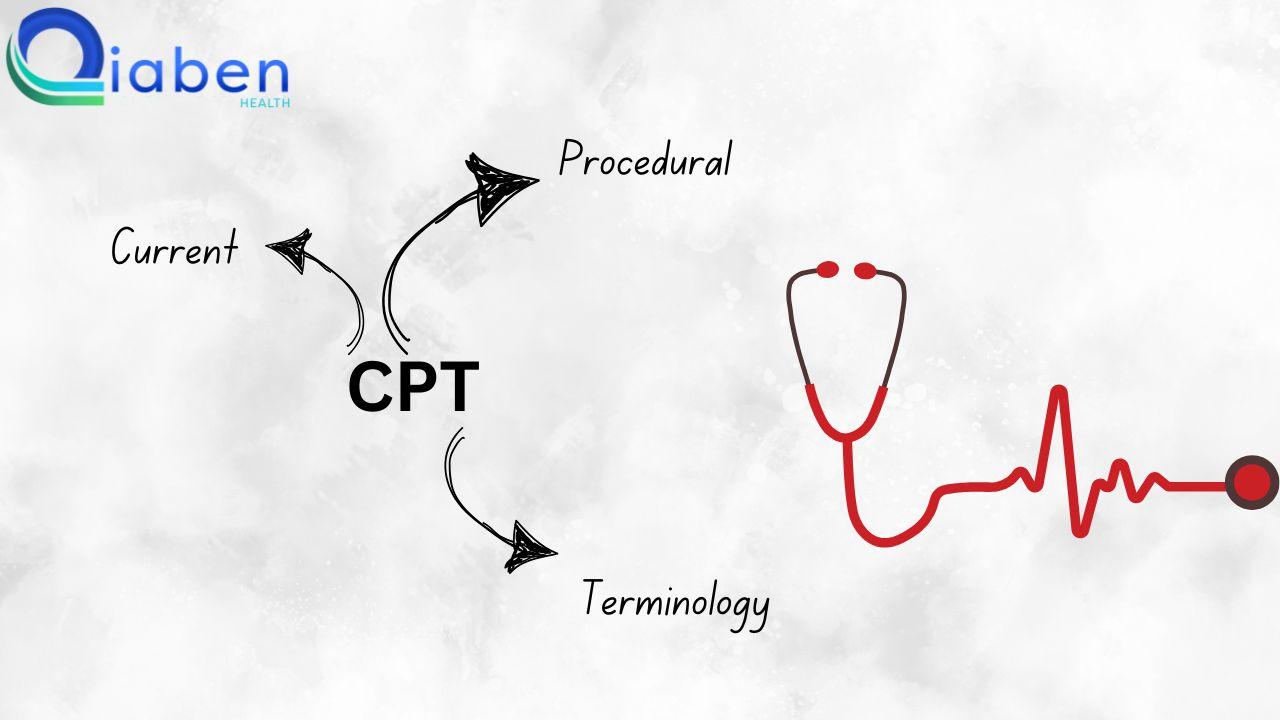Introduction
Medical billing insurance verification is an important process of confirming a patient’s eligibility for the insurance and benefits for medical services. The medical billing helps to ensure financial stability for both healthcare providers and patients.
There are a few essential steps to keep in mind in the medical billing insurance verification:
- Patient’s insurance benefits before and during the billing process.
- Collecting and validating the important information about the patient’s insurance coverage.
- The health care services provide eligibility for reimbursement.

The confirmation cycle commonly incorporates:
- Gathering Patient Data:
- Gathering Patient Data:
Social affair subtleties, for instance, the patient’s name, date of birth, insurance supplier, contract number, and gathering number.
- Reaching the insurance provider:
Connecting with the insurance agency through calls or online entries to confirm the patient’s inclusion status.
- Affirming Qualifications & Advantages:
Checking for dynamic inclusion, co-pays, deductibles, and any limits or prohibitions connected with the patient’s arrangement.
- Archieving Results:
Keep confirmation results in the patient’s document and billing framework to guarantee precision during billing.
- Speaking with the Patient:
Illuminating patients about their inclusion subtleties, potential co-pays, and any personal costs.
Importance in the revenue cycle:
A medical billing protection check assumes an urgent part in the income pattern of medical care suppliers in light of multiple factors:
- Limiting Claim Denials:
Countless medical cases are denied because of qualification issues or mistaken data. By confirming protection inclusion in advance, suppliers can distinguish possible issues, diminishing the probability of guarantee dissents and guaranteeing smoother repayment processes.
- Upgrading Income:
Affirming protection inclusion before administrations are given guarantees that medical care suppliers get installments for their administrations. This proactive methodology limits postpones in installments and works on by and large income for the training.
- Working on Tolerant Experience:
Clear correspondence with respect to inclusion and monetary obligations assists patients with understanding their bills better. By giving precise data forthright, rehearses improve patient fulfillment and trust.
- Guaranteeing Consistence:
An exact protection check assists medical care suppliers with conforming to protection prerequisites, lessening the gamble of reviews, punishments, and legitimate issues related to charging blunders.
- Streamlining Operations:
Effective insurance verification cycles can save time and assets inside the charging office. Mechanizing confirmation through particular programming can smooth out work processes, permitting staff to zero in on other basic errands.
- Reducing Bad Debt:
By verifying insurance before administrations are delivered, suppliers can limit the gamble of uncollectible records because of neglected patient adjustments, in this manner paying off generally bad debt.

Conclusion:
In summary, medical billing insurance verification is a fundamental part of the medical services revenue cycle. By guaranteeing that patients have legitimate inclusion and understanding their advantages, medical services suppliers can upgrade their monetary strength, work on functional productivity, and cultivate positive patient connections. Putting resources into powerful verification processes at last prompts improved results for the two suppliers and patients.







